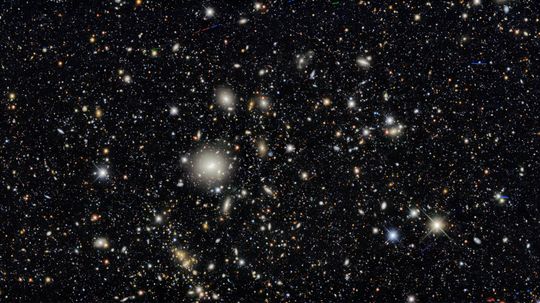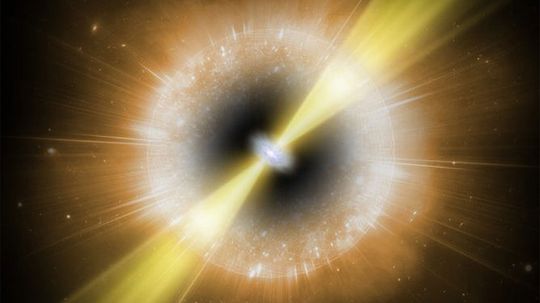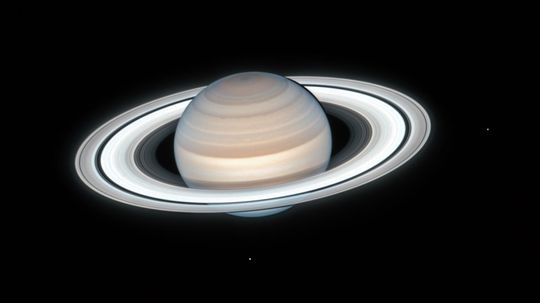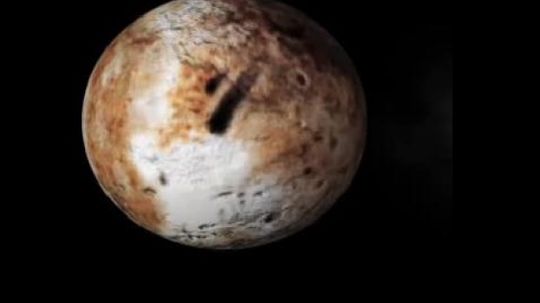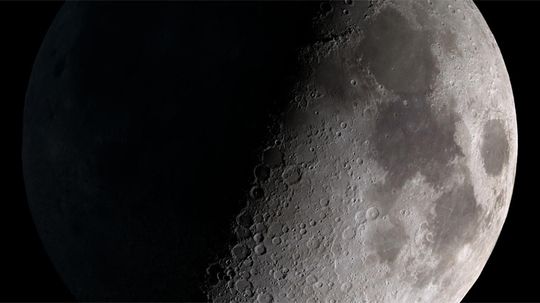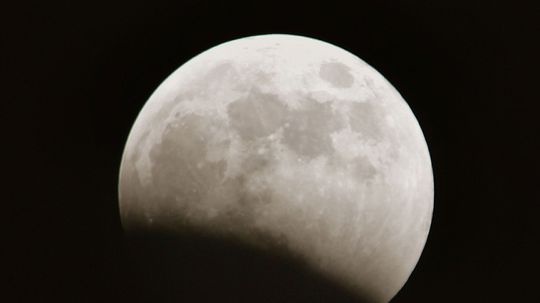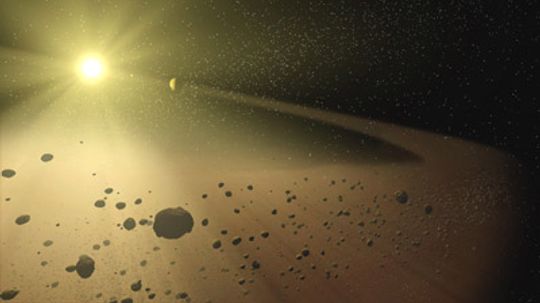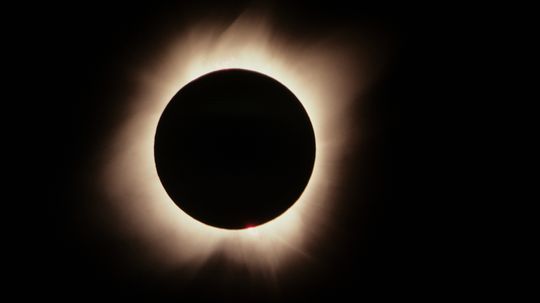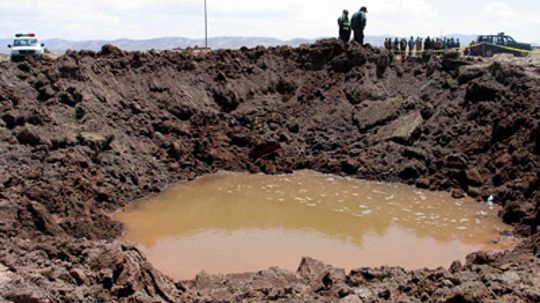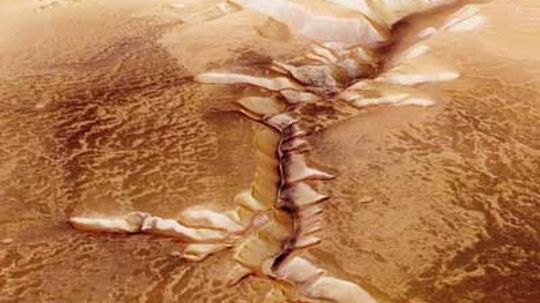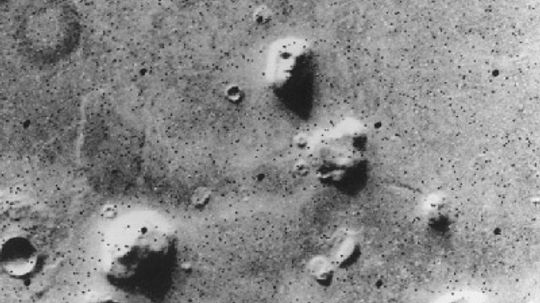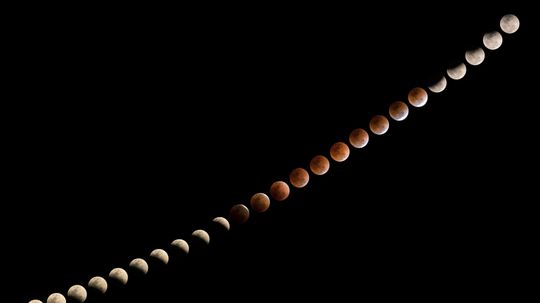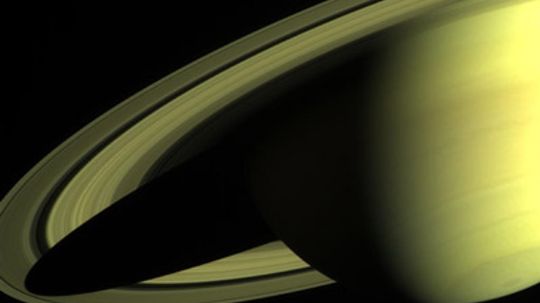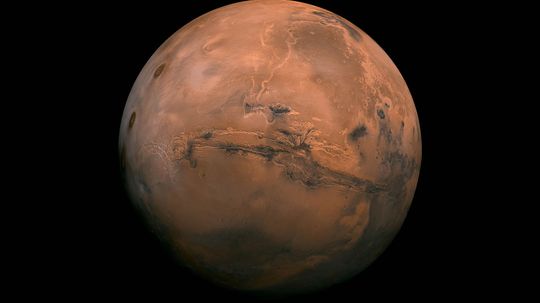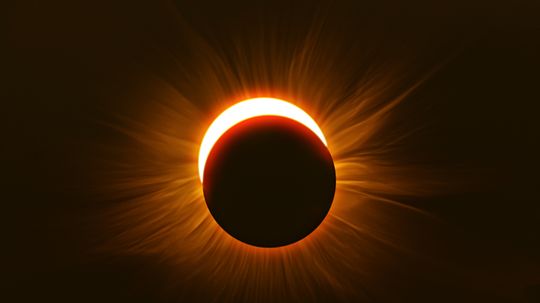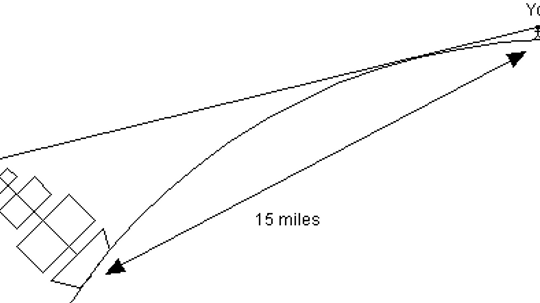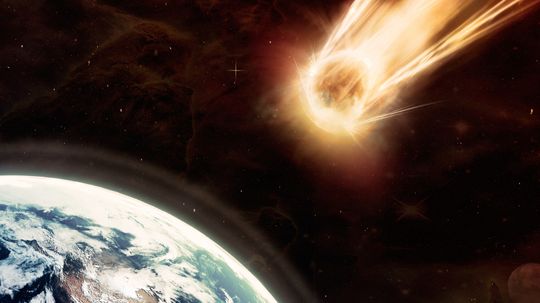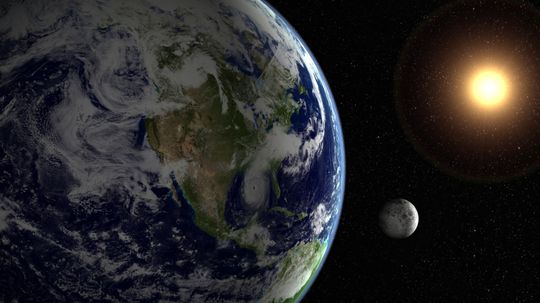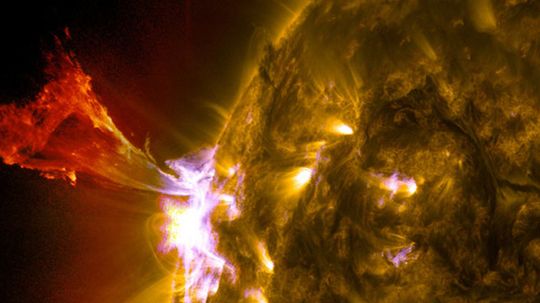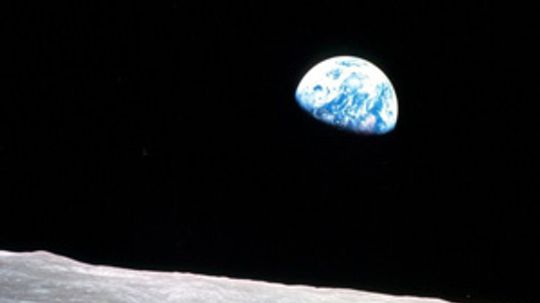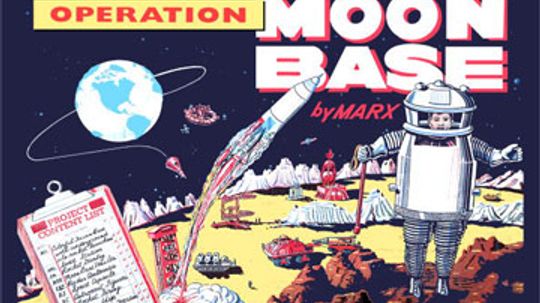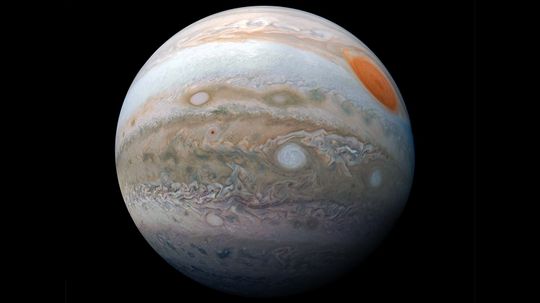The Solar System
In the Solar System Channel, you can explore the planets and celestial objects around our own sun. Learn about topics such as Mars, Jupiter and the Moon.
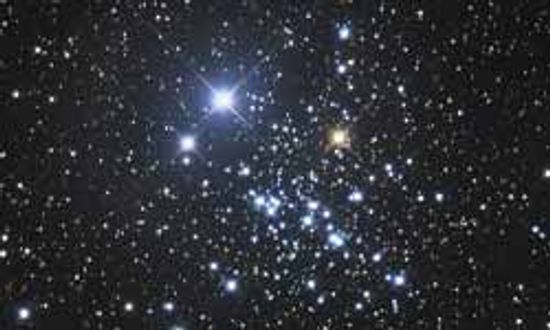
Constellation Pictures
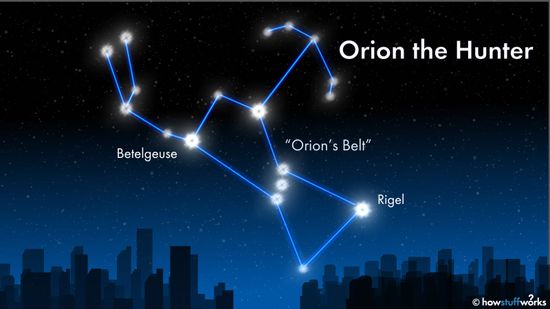
How to Find Orion's Belt in the Night Sky

Radio Telescope Image Gallery
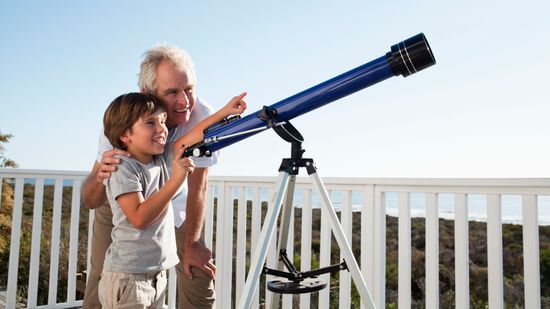
How do I build a telescope at home?
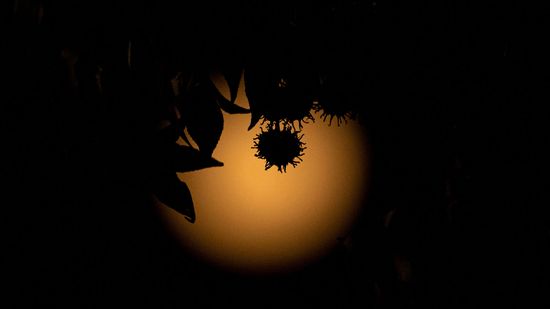
Shooting the Stars as an Astrophotographer

The Largest Star in the Universe Is 1,700x Bigger Than Our Sun
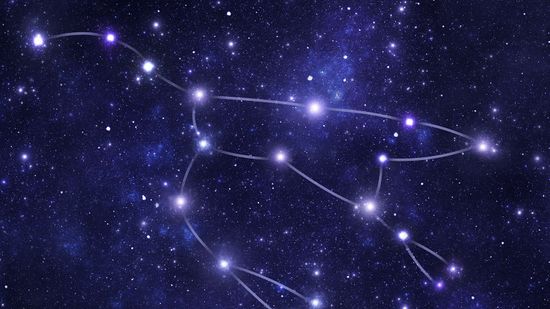
Twinkle, Twinkle: The Ultimate Stars Quiz

White Dwarfs Can Shred Planets to Pieces
Learn More / Page 2
Early dark energy, a form of dark energy that may have existed a few hundred thousand years after the big bang, could help clarify the universe's rate of expansion. But its existence hasn't been proven.
Astronomers at Haleakalā Observatory in Hawaii noted a bright X-ray emission in 2018, which persisted for three weeks and glowed ten times more brightly than previously studied supernovas, but are just now beginning to understand it.
In recent years, Saturn has overtaken Jupiter as the planet with the most moons in our solar system. How many does it have and could it have even more?
Advertisement
Pluto is relatively round and orbits the Sun. So, why doesn't it qualify as a planet?
The changing phases of the moon have given us an enduring curiosity about the dark side of the moon. But is there really a dark side of the moon? What would we see there?
The moon is often the largest object in the sky outside of the sun. What is the moon made of, how did it form -- and why do people blame it for their strange behavior?
Asteroid belts aren't quite the dense fields of gigantic spinning rocks that you may have seen in a "Star Wars" film, but they're still fascinating. In fact, the main asteroid belt may tell us how our entire solar system came into existence.
By John Fuller
Advertisement
You've probably heard that staring at the sun is bad — even a few seconds can damage your eyes. But what if you looked at a solar eclipse?
A ball of fire blazed through southern Peru and left a huge crater -- and then villagers started getting sick. Early reports said the groundwater boiled and the air filled with sulfur. What happened?
Until recently, most people assumed that if Mars had liquid water, it no longer did and hadn't for quite some time. But scientists have recently noticed some anomalies in photos of Mars that may suggest there is water. Could there be life, too?
By Sarah Dowdey & Robert Lamb
After Viking 1 captured images of what looked like a face on Mars, the public began to speculate. Had Martians carved a colossus, or was there another answer?
Advertisement
The only thing that's lurking in the shadows during a lunar eclipse is the moon. When Earth's shadow blocks sunlight from directly illuminating a full moon, you're witnessing a lunar eclipse.
Although other planets have rings, none are as spectacular as Saturn's. What makes the planet's stratified rings, and how did they get there in the first place?
Since the 1960s, we've been captivated by the planet Mars. How different is our neighbor, and what have we learned about the most explored planet?
A total solar eclipse is a rare event that can be an amazing thing to witness. Learn about solar eclipses and how to observe one safely.
Advertisement
If I was on the moon and the earth was black (no lights were on) and a flashlight was turned on facing the moon, would I see the light? If I couldn't, would there be any way to detect any residual matter that came from the light on Earth or does light die after a certain distance?
If "nature abhors a vacuum," then why doesn't the vacuum of space suck away all of the Earth's atmosphere?
Can the curvature of the Earth only be seen from outer space? If you didn't know that the Earth is a sphere, there are three common observations you could use to convince yourself that it is.
Where I live it is pretty common to see "shooting stars" -- streaks of light in the sky at night. How big is a shooting star? Do they land on earth or do they burn up? Do they land on the ground as meteorites?
Advertisement
The sun warms our planet every day, provides the light by which we see and is necessary for life on Earth. But what is it exactly, and what will happen when it burns itself out?
The Chandler wobble is the change in the spin of Earth on its axis. Think of the wobble you see in a toy top when it first starts spinning or slows down. Its 'poles' do not spin in a perfectly straight line.
The occasional sunspot can interrupt communications here on Earth. But major solar flares have the potential to cause more havoc. Could a flare-up wipe out all our electronics?
Scientists have discovered the existence of water on both our moon and on Mars. Both findings are significant, but what do they mean? Can we use this information to our advantage for space exploration?
By Josh Briggs
Advertisement
A lunar land rush is the most likely thing in the world (or, rather, out of it). As private companies gaze spaceward with dollar signs in their eyes, it's time to start settling some questions about space ownership, use and management.
Jupiter is the largest planet in the solar system. Big as this gas giant is though, next to the sun, it's still small.
By Mark Mancini
